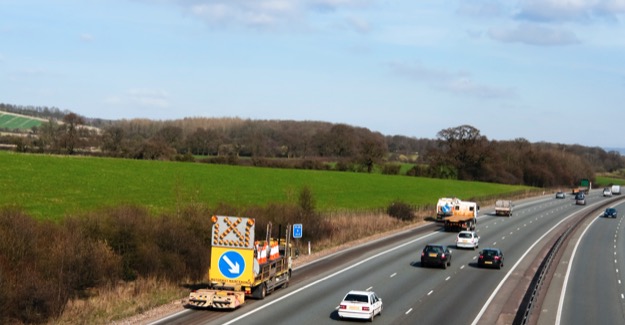Fifty of the UK’s highest-risk local authority A-roads are on track to becoming safer, thanks to the work of the Road Safety Foundation, supported by the RAC Foundation and the Department for Transport (DfT). New guidelines, initially drawn up to help authorities in the UK bid for funding, could be used by any road agency in the world.
At the beginning of the year, the DfT established the ‘Safer Roads Fund’ that will provide £175million capital investment to improve the safety on the 50 highest risk local A road sections in England based on the Road Safety Foundation’s most recent report.
The guidelines document, entitled Tackling High-Risk Regional Roads is freely available to any road authority seeking to apply safe system thinking to their busy regional roads. The guidelines show how risk mapping and star rating can be used together to identify priority sections, along with clear examples of the cost benefit ratio of potential life-saving treatment plans.
Safer Road Investment Plans (SRIPs) give road safety engineers an overview of the types of measures that might be effective in managing the risk on their roads and show the economic rate of return. Road safety engineers can use this information together with their expertise and local knowledge to refine into a tailored investment plan.
In this approach, roads are video-surveyed, and then more than 50 road features that are known to influence crash likelihood and severity are coded every 100 metre along the route. The data are combined with supporting records such as speed surveys, road user flows and crash distribution and is uploaded into ViDA, a specialist online analysis tool devised by the International Road Assessment Programme (iRAP).
To date, nearly 80 local authority road engineers have been trained in using the guidelines and software to assist their funding bids which were submitted in April and September this year.



